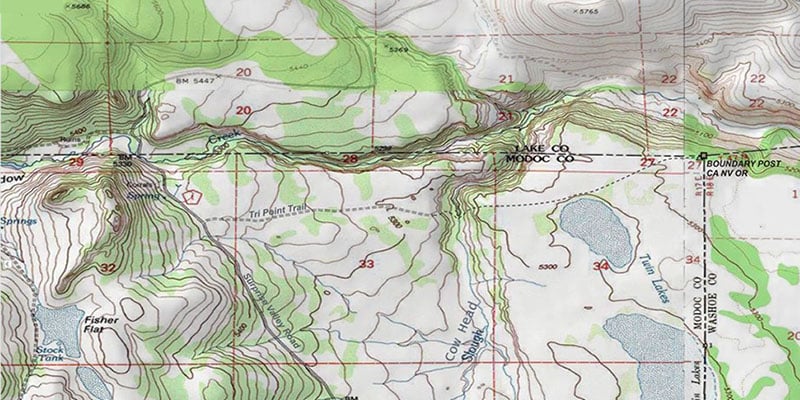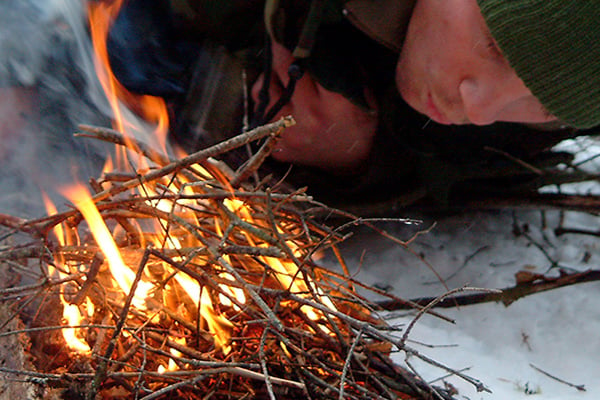Last Updated on
By David Link
In our previous article, we outlined the most important gear to put in your bug out bag and ranked it by importance. You can read the full article here.
In this article, we’ll cover the second tier of equipment that may or may not make it into your bug out bag depending on space and your priorities. We’ve ranked this article by importance as well, but if you have a different view, don’t be shy. That’s what the comments section is for below.
Additional Items For Your Bug Out Bag
13) Firearm
In our first article we focused on survival, which is without a doubt the most important purpose for your bug out bag. A bug out bag should be just as suited for a natural disaster as a potential breakdown of society, and you’re far less likely to need a firearm in a natural disaster (although it’s certainly not impossible). But a firearm is definitely worth considering as an important part of your bug out bag for several reasons. Of course a firearm can be used for self-defense, and when things get hectic, it’s no stretch of the imagination to think that other survivors might try to hurt you or take what is yours. A firearm is also a superb hunting tool, and it can help you take larger game if you’re trying to feed yourself as well as others.
Hunting by primitive methods like snares, traps and other schemes is very difficult, and more often than not you’ll go hungry unless you’re an expert with hours of experience in primitive traps. Even experts go hungry too. It’s just not easy, and it’s best not to fool yourself. So a firearm would alleviate this concern greatly as well as help you feel safer while you’re trying to survive. Your food stocks will hopefully get you through the first 72 hours, but a firearm could be a great backup if you have to stay out longer. Just remember that when you fire it, you’ll be giving away your position to anyone near you.
What should you choose: shotgun, rifle or handgun? The lightest choice is a handgun, but your range is limited and accuracy can be an issue with a handgun. You also may not have the stopping power for larger game. A shotgun is a great hunting and self-defense tool, but it is much bulkier and range can be an issue. You could however carry both slugs and shotshells to diversify your hunting and self-defense options. A rifle is also heavy, and unless you’re bringing your AR along, reloading and repeat shots could be difficult. You will however have great range with a rifle, and if you also have a scope, you can hunt or take out threats while staying in cover. There’s no universal choice, but if you decide to take something larger like a shotgun or rifle, consider a gun scabbard or something that will help you carry it. Don’t forget a good stock of ammunition either.
14) Bed Roll / Pad
This is a tricky addition as well as a lot of bulk to add to your pack, but if the climate you’re traveling in is cold, a bed roll and or pad could save your life. If you have to choose one or another, go with the pad first. That layer of air can be critical in keeping you warm overnight, and you can usually pile surrounding vegetation (as well as crawl into a trash bag) to help keep you warm. A bed roll is almost a luxury, but there are some space saving options that you might be able to attach to the outside of your pack. Survival blankets in theory sound good, but most will find that they don’t keep you as warm as you might think they will. They are better than nothing though.
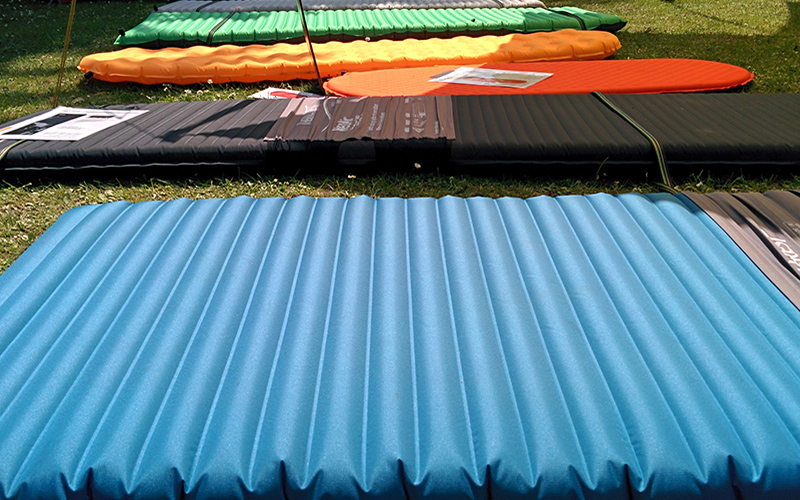
15) Maps
A good topographical map of your surrounding area will be a great addition to any bug out bag. You can identify water sources, determine your position compared to nearby towns, and evaluate whether to move towards or away from civilization depending on the news you’re getting out of your radio. Just keep in mind that everything looks closer on a map than in reality. It’s a foolhardy task to try to hike to a certain place without taking stock in what is right around you first. You could end up hiking miles towards a stream when there was plenty of water just over the hill where you didn’t look.
16) Multi-Tool
A multi-tool is an excellent thing to have in your pack, and while it can weight a few pounds, it won’t take up much space. Some key tools that a multi-tool will add include pliers, a back-up knife, a small saw, scissors, a can opener, and a variety of other attachments that might unexpectedly save the day. Most will have a multi-tool near the top of their bug out kit, but since you already have a good survival knife and scissors and tweezers in your first aid kit, you could get away with not having a multi-tool worse case scenario.
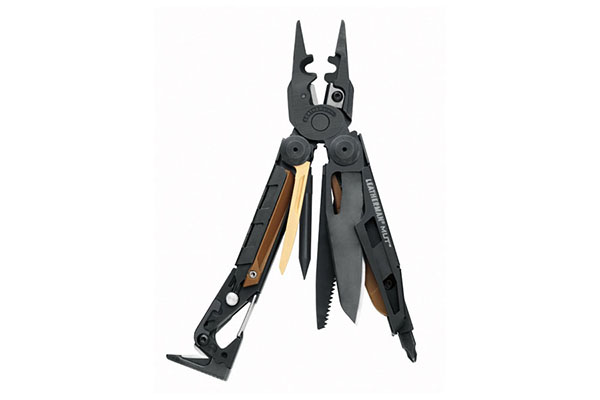
17) Signal Mirror
While flares are a great option if you’re trying to signal for help, they aren’t a viable option for everyone, especially if they are short on space. A signal mirror on the other hand is a compact option that can serve the same purpose as long as it’s light out. Signal mirrors can even catch the attention of helicopter pilots if used correctly, but common practice outlines that you should not flash the pilot more than a couple seconds. Even when the sky is empty, a signal mirror can still be seen by search and rescue so don’t wait until you hear them coming.
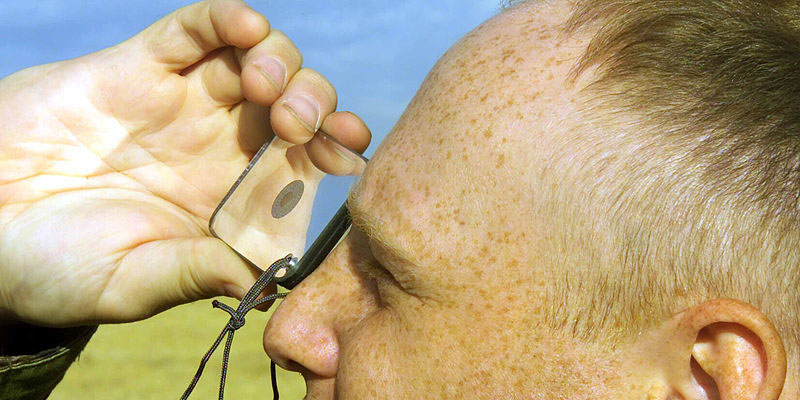
18) Fishing Tackle
Similar to what we discussed regarding hunting snares and traps, improvised fishing lines rarely lead to a nice tasty fish. It is certainly not impossible, but you can make the prospect of extra food a lot more likely with fishing tackle in your bag. There are smaller options like survival fishing kits that don’t use a manufactured rod, but your best chances will come with a telescoping or backpacking fishing rod and reel and some related hooks and tackle. This is certainly not an option for everyone, and certain locations will be fisherman friendly while others won’t accommodate fishing opportunities at all. Know where you’re bugging out to before you choose this option.
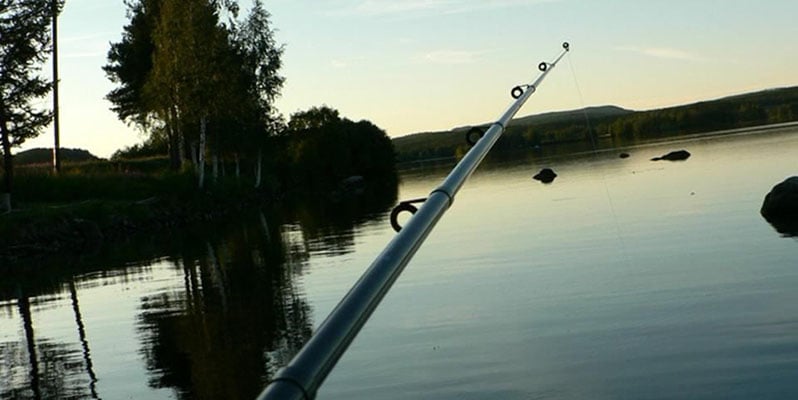
19) Cash Or Bartering Currency
While some may scoff at the idea of having cash for bartering, especially in the event of a societal breakdown, cash will still be king for at least a while. It won’t be wise to wave around your cash in every circumstance, but it could be nice to have the option of bartering if need be. Hopefully you’ll have some cash in your wallet, and then a little extra stockpile in your bug out bag could never hurt. Best case scenario you can use it to buy a warm meal after your ordeal is over.
20) Survival Literature
This last item comes with a disclaimer: you should never eat wild plants unless you are 100% sure you know what you’re eating. A survival situation could go from tense to life threatening very quickly if you poison yourself, and chances are there won’t be anyone to bail you out or air lift you to a hospital. If there’s any level of doubt, just leave the plant and move on. This said, a book on local wild edibles and some instruction on basic survival techniques like building shelters, making snares, etc. would be great to reference if you need to stay longer than 72 hours. Don’t forget to think light. Skip the large encyclopedia and get some little pamphlets that you can tuck in next to your maps.
Conclusion
There is no absolute way to build a bug out bag. Perhaps what makes them such a frequently discussed topic is because there are so many ways to approach the subject. While no one can ever fault you for preparing for a collapse of society, start with a 72 hour disaster kit and then add extra items that could work for longer term or more dire scenarios. Finally remember that you’ll need to check your bug out bag every year or so, and there’s nothing wrong with taking it out and testing it on a weekend trip as long as you replace all the supplies afterward. One thing is for certain, you’ll be very glad you have a bug out bag should things go bad. Don’t overlook this important disaster preparation tool.
Images one, two, four, five and thumb courtesy of wikimedia commons.
Interested in more? Check out: Living Off The Grid – 15 Years And Counting.
Shop gritroutdoors.com or Browse Top Selling Products.

